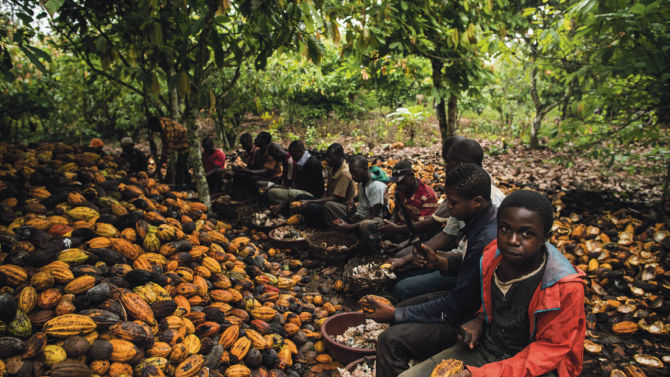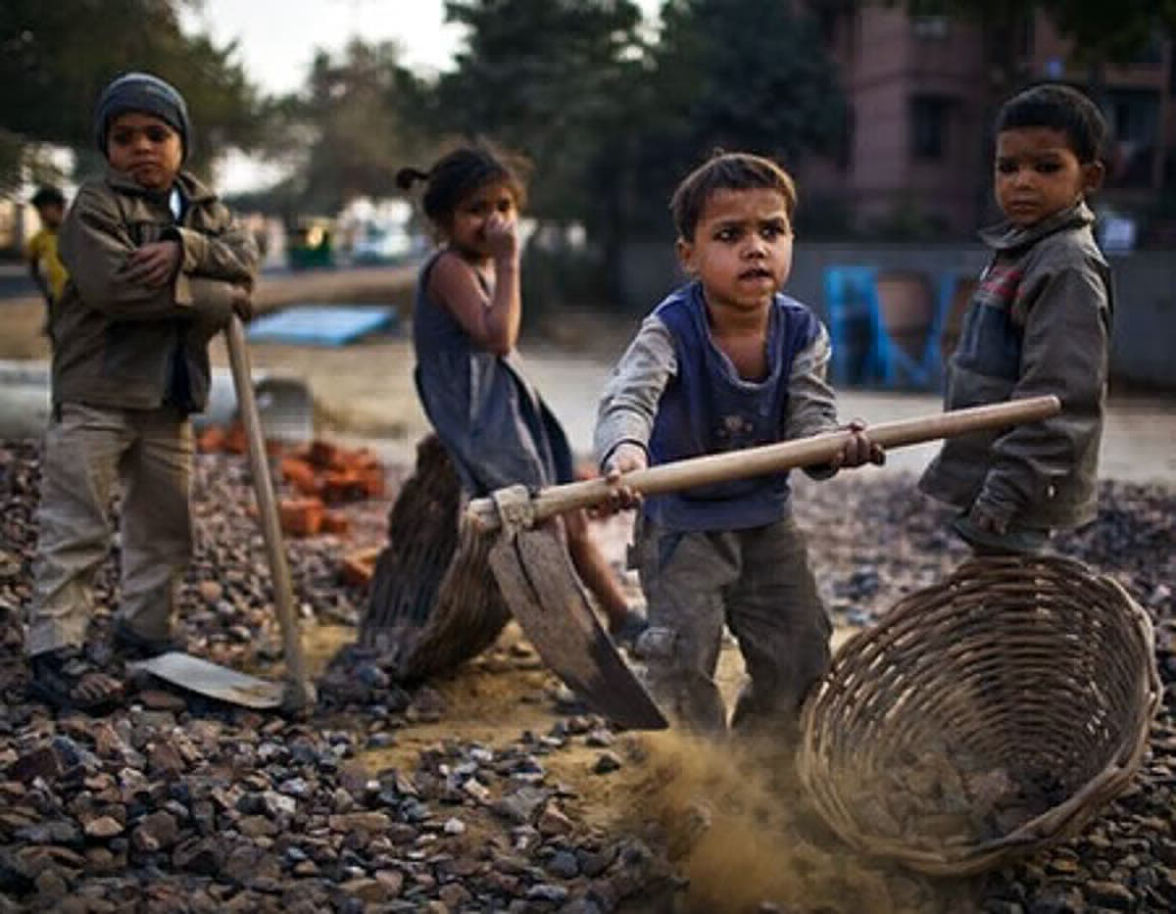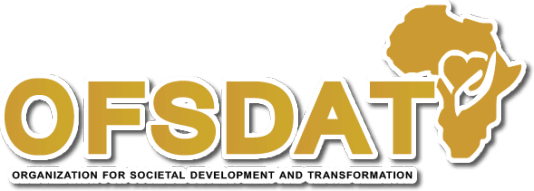
In African mines, fisheries, plantations, quarries, and street markets, large numbers of children (both boys and girls) are deprived access to schooling. In some cases, their very lives are at stake as many more children become actively engaged in child labour.
With high rates of poverty in the region, many children—working as domestic servants, head carriers, prostitutes, field workers and cart pushers—are forced to resign any hope of freedom and security.
Cognizant of the suffering of child labourers and that high rates of poverty are no excuse for letting new generations of children miss opportunities for education and future access to decent employment, OFSDAT have taken firm steps towards the elimination of child labour, starting with its worst forms.

